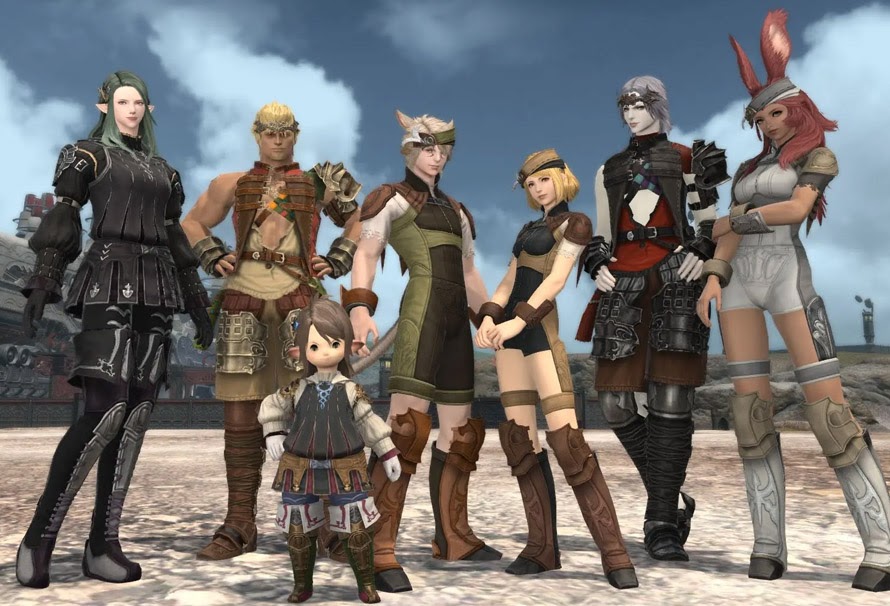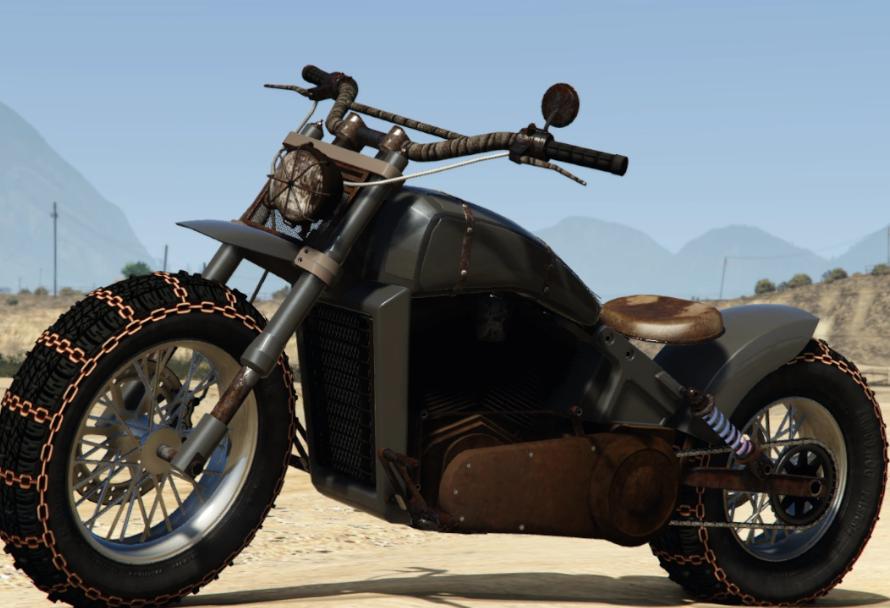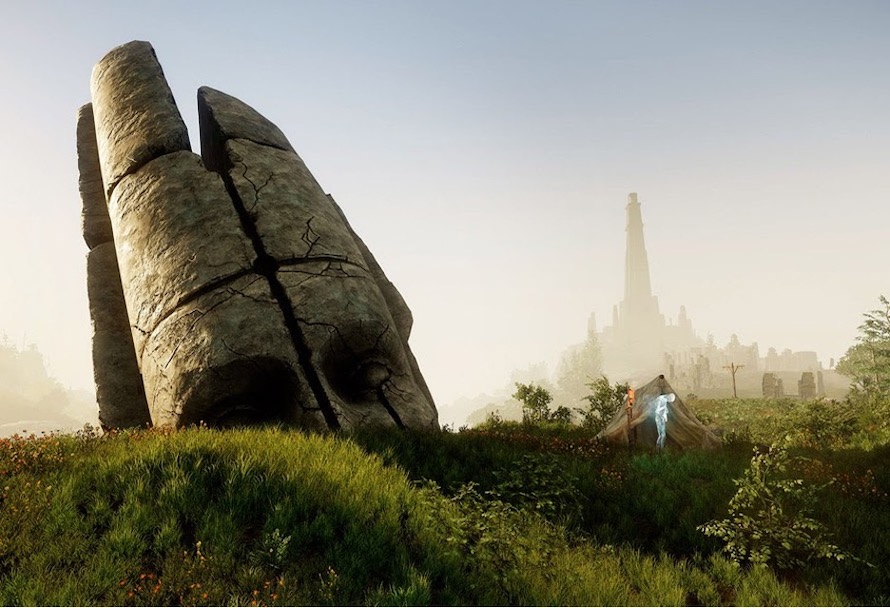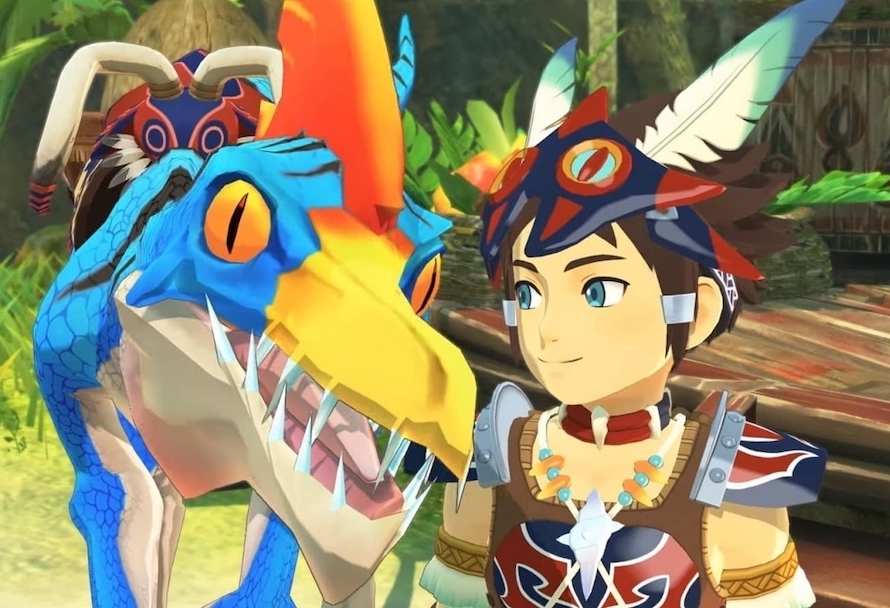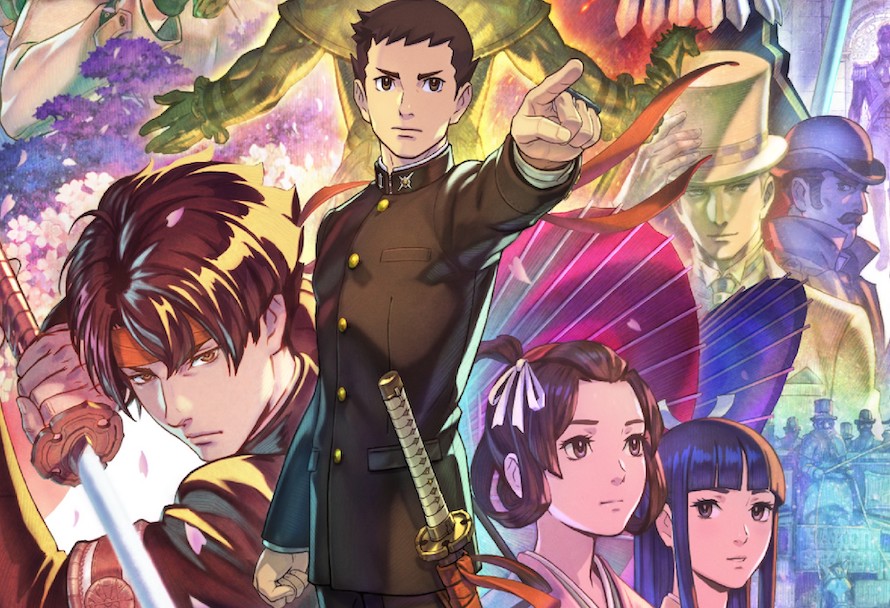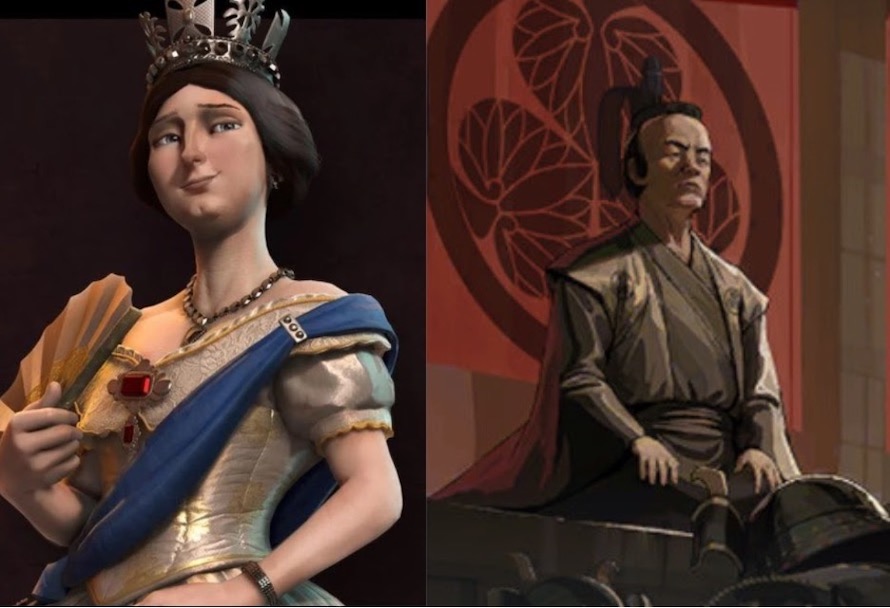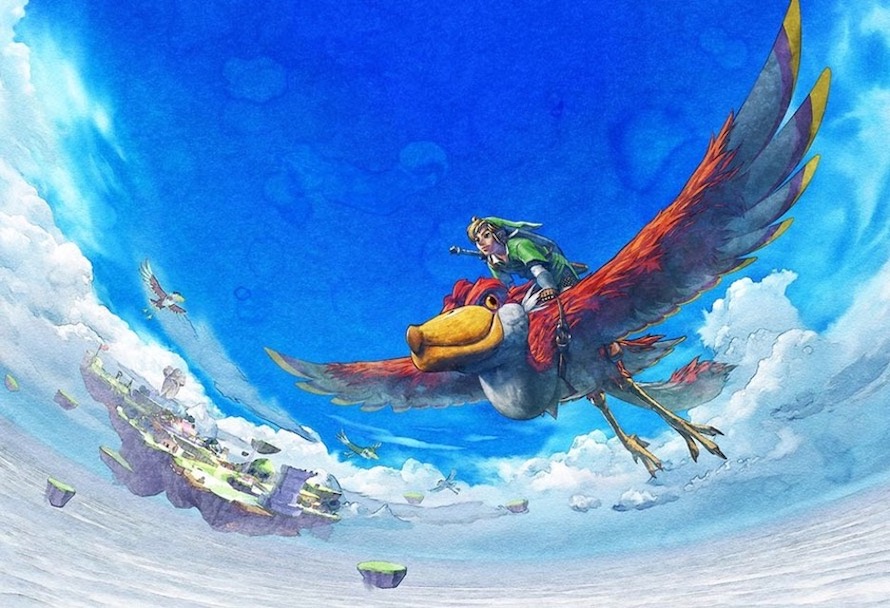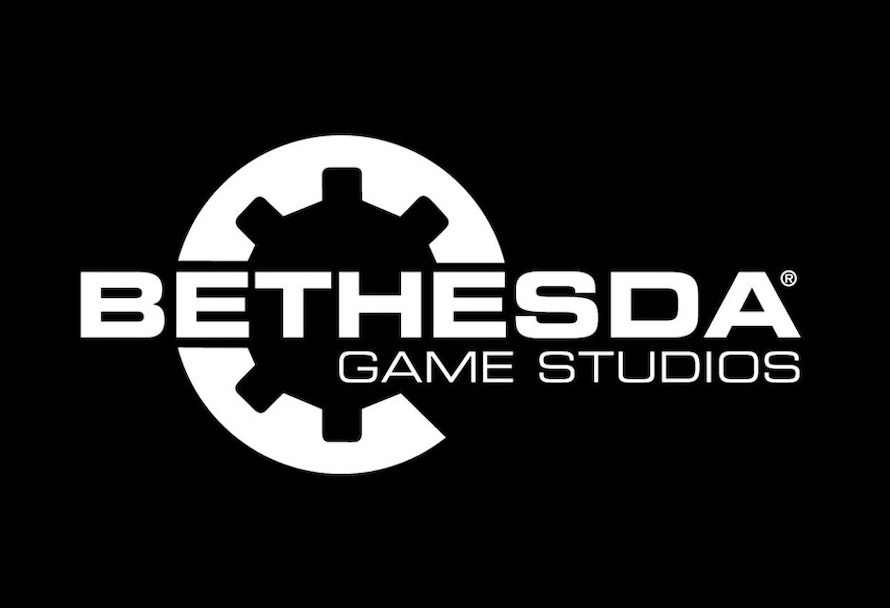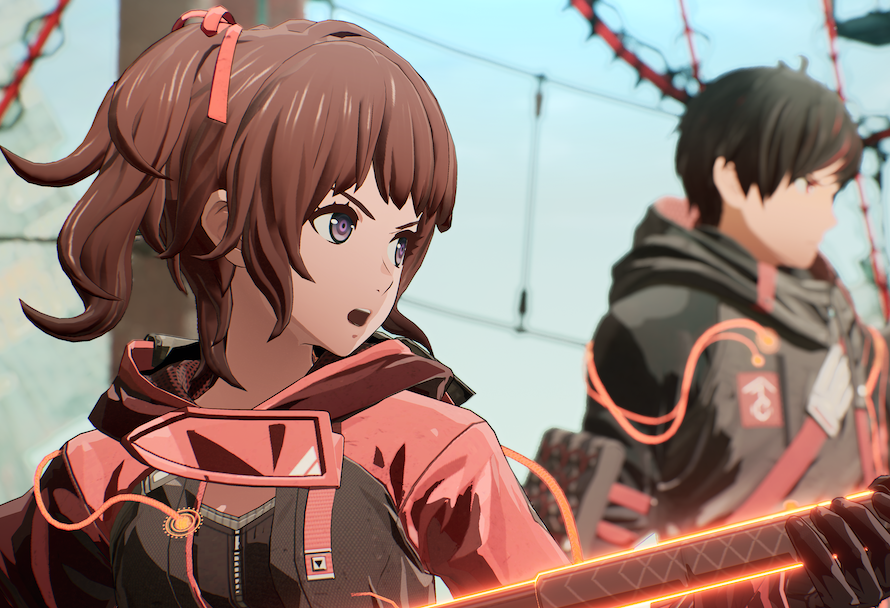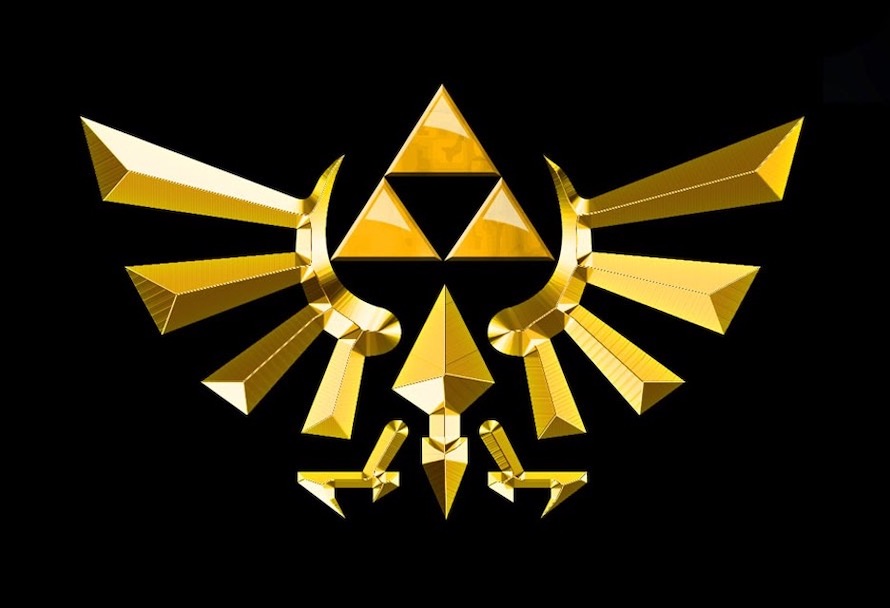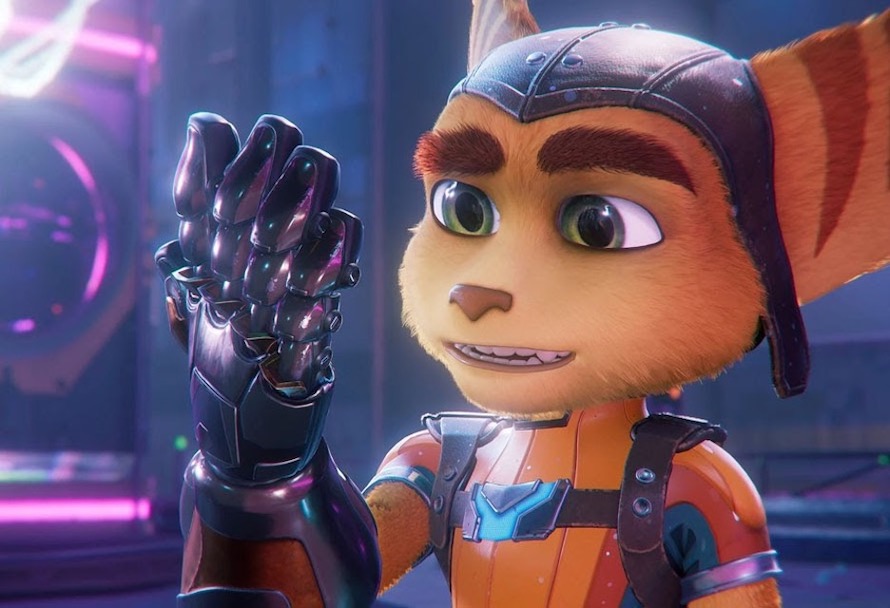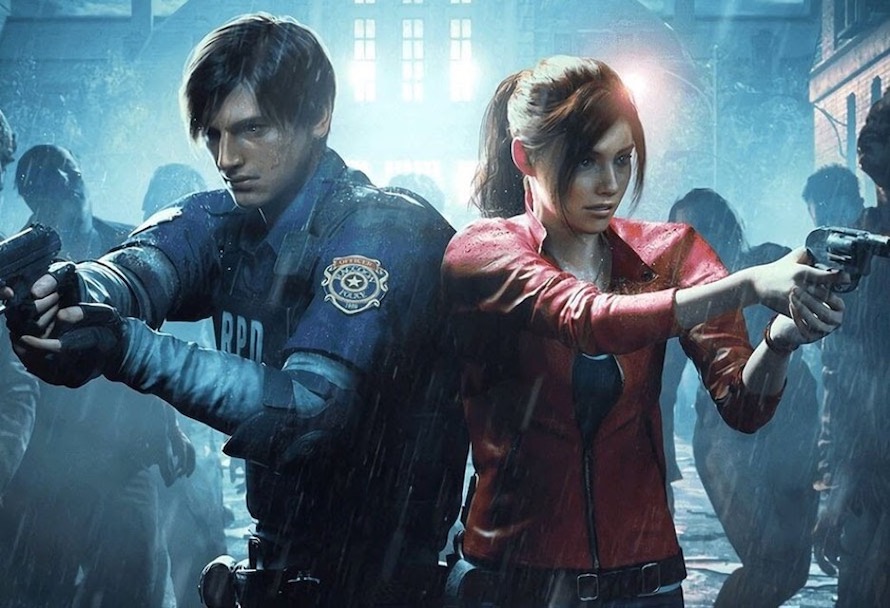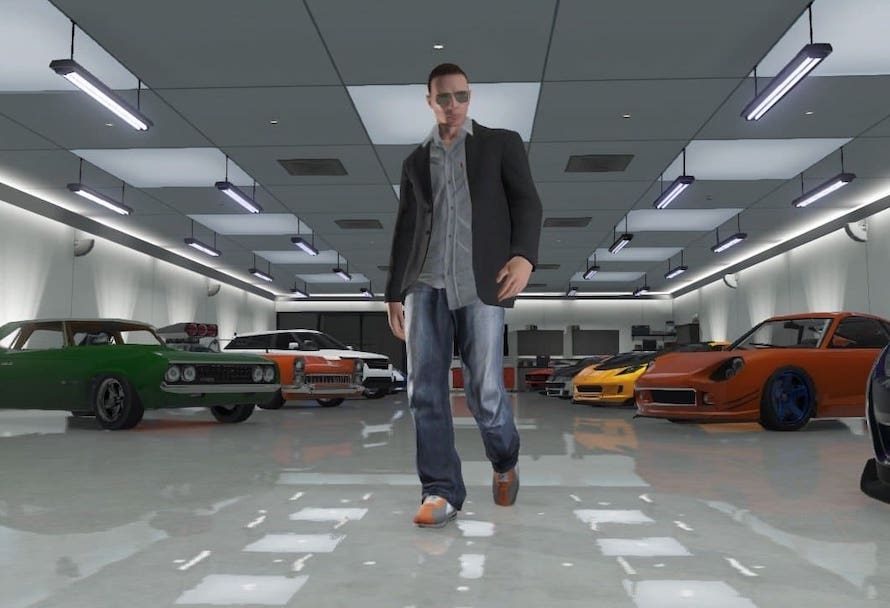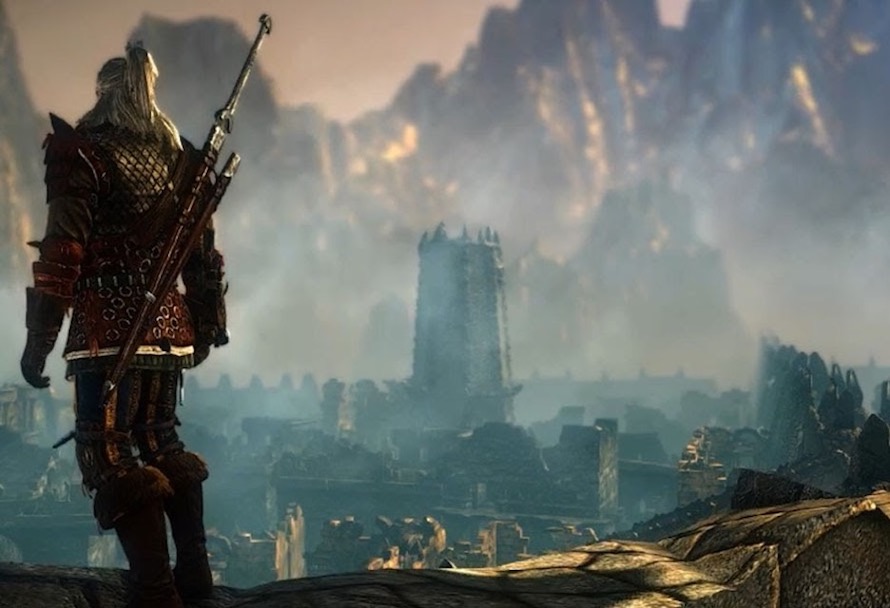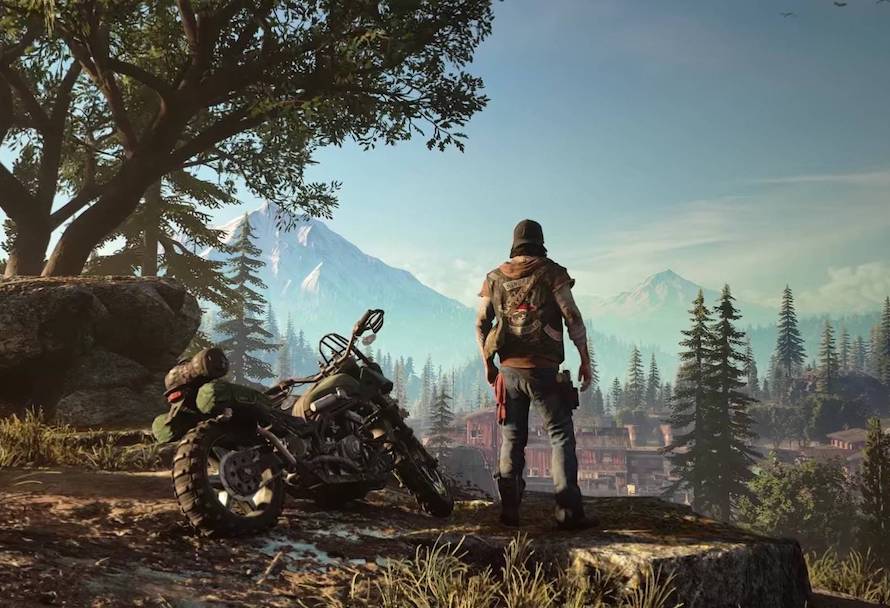With 20 jobs to choose from and 10 base classes in Final Fantasy XIV, it can be a difficult proposition to decide which class and job will fit you. Our Final Fantasy XIV Classes Guide will help you make that tricky decision, by breaking everything down so you know which class leads to which job, and which roles they embody.
So worry no more as we guide you through all the Final Fantasy XIV classes and jobs, divided up by role, which should help you plan your first steps on your FF14 journey.
Tank
Paladin
- Base Class – Gladiator
- Weapon – Swords and Shields
- Starting Level – 1
- Prerequisites – None
Focusing on defending their party against attack through skilled usage of swords and shields and a healthy dash of holy power, Paladins are in many ways the quintessential Final Fantasy XIV tank.
Warrior
- Base Class – Marauder
- Weapon – Greataxes
- Starting Level – 1
- Prerequisites – None
When you want to tank but you don’t want to be too defensive, the Warrior might be the job for you. Armed with greataxes they deal huge damage whilst blocking enemies from attacking their parties.
Dark Knight
- Base Class – None
- Weapon – Greatswords
- Starting Level – 30
- Prerequisites – Level 50 + A Realm Reborn Main Story Complete
These guardians of the weak combine devastating greatsword damage with powerful abilities to control the battlefield. Dark Knights see darkness as a tool, not something to be afraid of, and use it to make sure their comrades survive the battle intact.
Gunbreaker
- Base Class – None
- Weapon – Gunblades
- Starting Level – 60
- Prerequisites – Level 60
A class focused around one of the most iconic weapons from the entire Final Fantasy series, the Gunbreaker uses their blades as both swords and firearms. This gives them a flexibility that allows them to deal heavy damage whilst reducing incoming damage to themselves and party members.
Melee DPS
Monk
- Base Class – Pugilist
- Weapon – Fist Weapons
- Starting Level – 1
- Prerequisites – None
If you’ve ever wanted to simply punch an enemy out, the Monk is the job for you. Building up powerful combos through punches and kicks, Monks are fast on their feet, and even faster at dealing damage.
Dragoon
- Base Class – Lancer
- Weapon – Polearms
- Starting Level – 1
- Prerequisites – None
Take to the skies with the Dragoon, a class that uses spears and polearms to launch themselves at foes with devastating power and precision. Their class, the Lancer, unleashes flurries of attacks combined with a strong defence, making them a very survivable class and job combo.
Ninja
- Base Class – Rogue
- Weapon – Daggers
- Starting Level – 1
- Prerequisites – None
Taking the Rogue class to the next level is the Ninja. Deadly and unexpected, they utilise their inherent fighting abilities combined with a mastery of shadow to buff their defences and camouflage their appearance.
Samurai
- Base Class – None
- Weapon – Katanas
- Starting Level – 50
- Prerequisites – Level 50
With a proud lineage going back generations, the Samurai is a master of the katana and is a stalwart companion on the battlefield. They can heal themselves, buff their attacks, and deal heavy damage giving them a commanding place in any melee.
Reaper
- Base Class – None
- Weapon – Scythes
- Starting Level – 70
- Prerequisites – Level 70
Armed with an array of wicked scythes, the Reaper can call upon void powers and a void avatar to empower them in battle, as well as swinging their scythes with wild strikes. Available from November 2021, we have yet to see how much the Reaper will turn the tide of battle.
Ranged Physical DPS
Bard
- Base Class – Archer
- Weapon – Bows
- Starting Level – 1
- Prerequisites – None
The Bard is an extension of the Archer class, and further refine their ranged approach to battle. Able to sooth, heal, or buff with songs and melodies that stir the heart and make their foes quail before them.
Machinist
- Base Class – None
- Weapon – Firearms
- Starting Level – 30
- Prerequisites – Level 50 + A Realm Reborn Main Story Complete
Sometimes you just need to straight up shoot an enemy, and if that’s the case then the Machinist is the job you’re looking for. In addition to their trademark guns, the Machinist also carries many devices that can deploy cannons, turrets, and other inventions to deal damage.
Dancer
- Base Class – None
- Weapon – Throwing Weapons
- Starting Level – 60
- Prerequisites – Level 60
Don’t be fooled by the Dancer, many a foe has fallen to their thrown weapons that seek out weak areas on unsuspected enemies. Their dances and moves come together in an elaborate weave of death, and are a sight to behold in any fight.
Ranged Magical DPS
Black Mage
- Base Class – Thaumaturge
- Weapon – Staves and Scepters
- Starting Level – 1
- Prerequisites – None
What’s Final Fantasy without Black Mages? The FF14 Black Mage uses powerful magics to wield elemental powers, turning their enemies to smouldering ruins or frozen statues with ease. The Black Mage is what many think of when they think of a Final Fantasy XIV job, and with good reason.
Summoner
- Base Class – Arcanist
- Weapon – Books
- Starting Level – 1
- Prerequisites – None
One of the two jobs available to Arcanists, the Summoner invokes primals, bending them to their will and using them to devastate their enemies. In addition, they can even summon a smaller and less powerful of the great Bahamut, making them a danger to any foe.
Blue Mage (Limited Job)
- Base Class – None
- Weapon – One-handed Canes
- Starting Level – 1
- Prerequisites – Level 50
The Blue Mage is a limited job in that it is focused around a more single-player approach to playing Final Fantasy XIV. Unable to take part in PvP and some other activities involving other players, the Blue Mage draws their power from mimicry, stealing enemy abilities to use as their own.
Red Mage
- Base Class – None
- Weapon – Rapiers
- Starting Level – 50
- Prerequisites – Level 50
If you want to cast some spells and look nifty with a rapier, then a Red Mage fulfills both roles perfectly. Using a combination of both black and white magic, they deal heavy damage with weapons and magic alike.
Healer
Scholar
- Base Class – Arcanist
- Weapon – Books
- Starting Level – 1
- Prerequisites – None
The second job available to Arcanists, the Scholar uses the powers of earth and air combined with faerie magic to restore health to themselves and party members.
White Mage
- Base Class – Conjurer
- Weapon – Canes and Wandes
- Starting Level – 1
- Prerequisites – None
White Mages are the purest healing job in the game, focusing almost entirely on bathing their allies in divine light and healing their wounds, buffing their defences, and curing what ails them. They may need a little defence from their party members, but a White Mage can save the day in many situations.
Astrologian
- Base Class – None
- Weapon – Star Globes
- Starting Level – 30
- Prerequisites – Level 50 + A Realm Reborn Main Story Complete
The stars foretell many things, but also can grant their power to those who seek it. The Astrologian takes the power of the constellations themselves using a form of tarot to aid their allies on the battlefield.
Sage
- Base Class – None
- Weapon – Nouliths
- Starting Level – 70
- Prerequisites – Level 70
Coming with the release of Endwalker in November 2021, the Sage protects and heals their party through use of barriers, helping keep everyone alive just a little bit longer. They can also buff their magic abilities, making them a strong choice for anyone looking for more magic on the battlefield.
